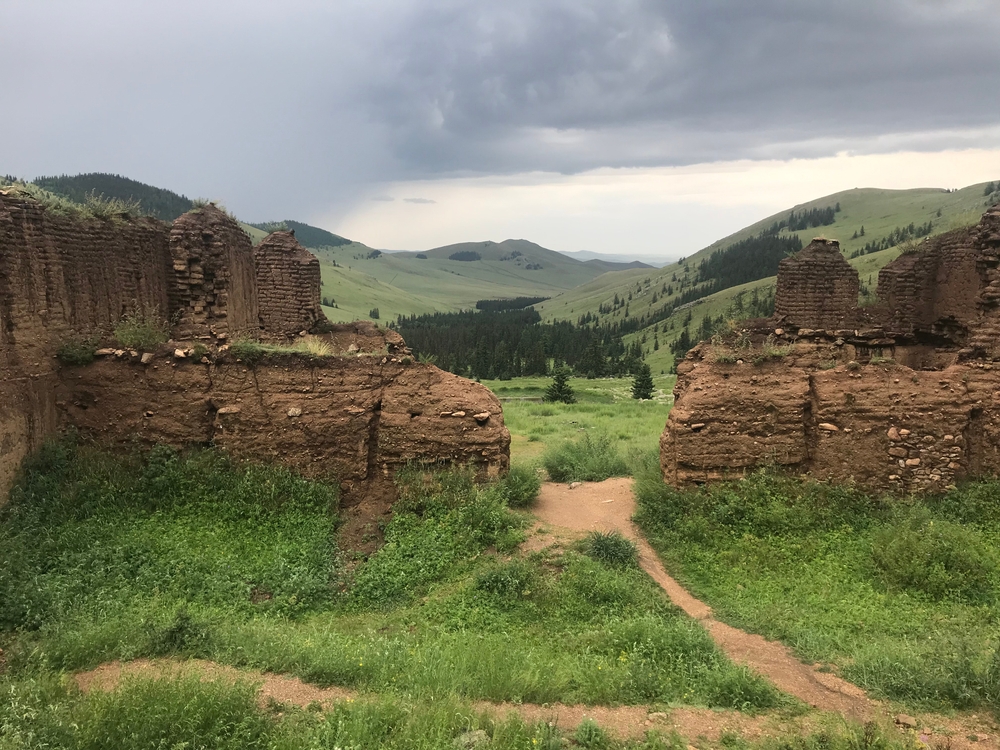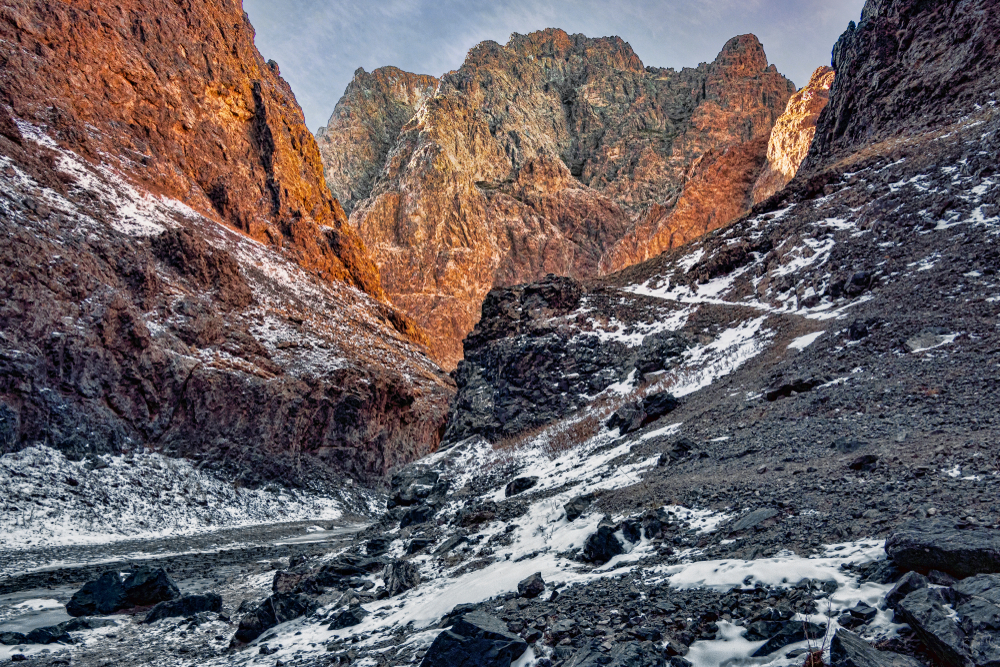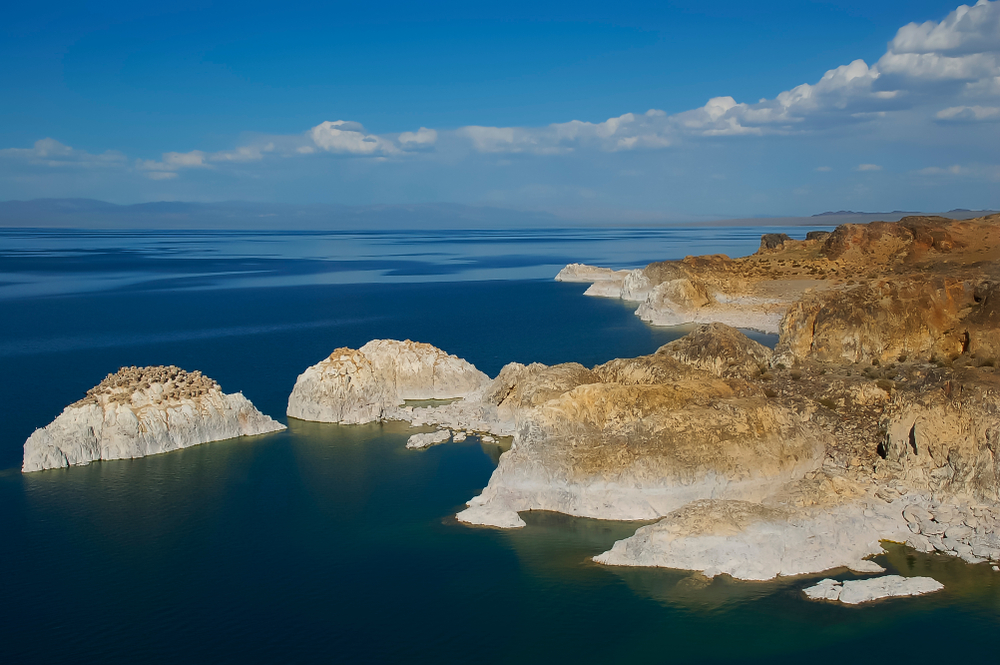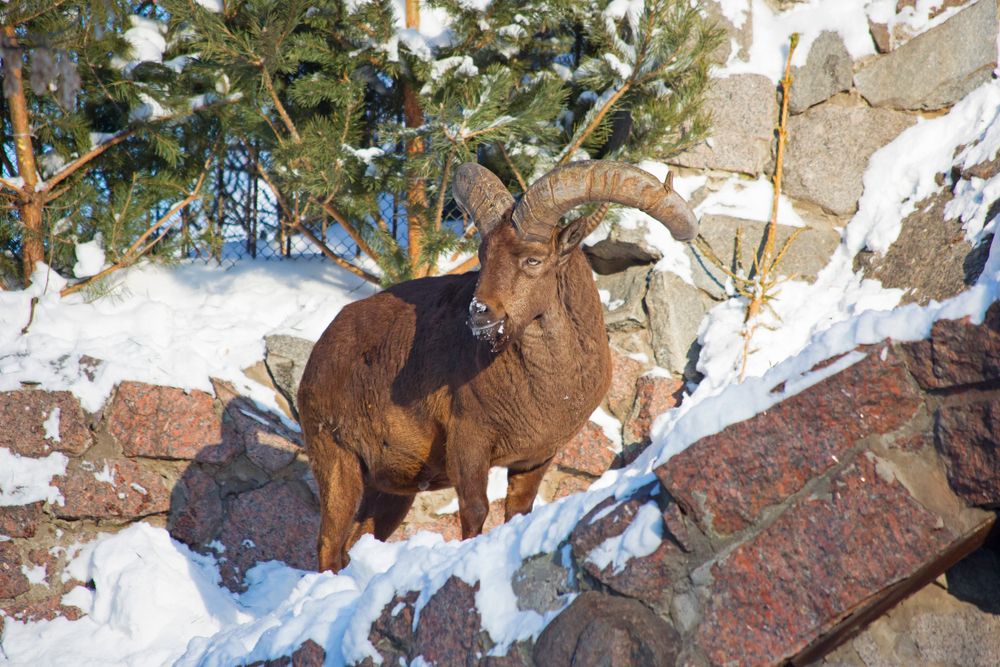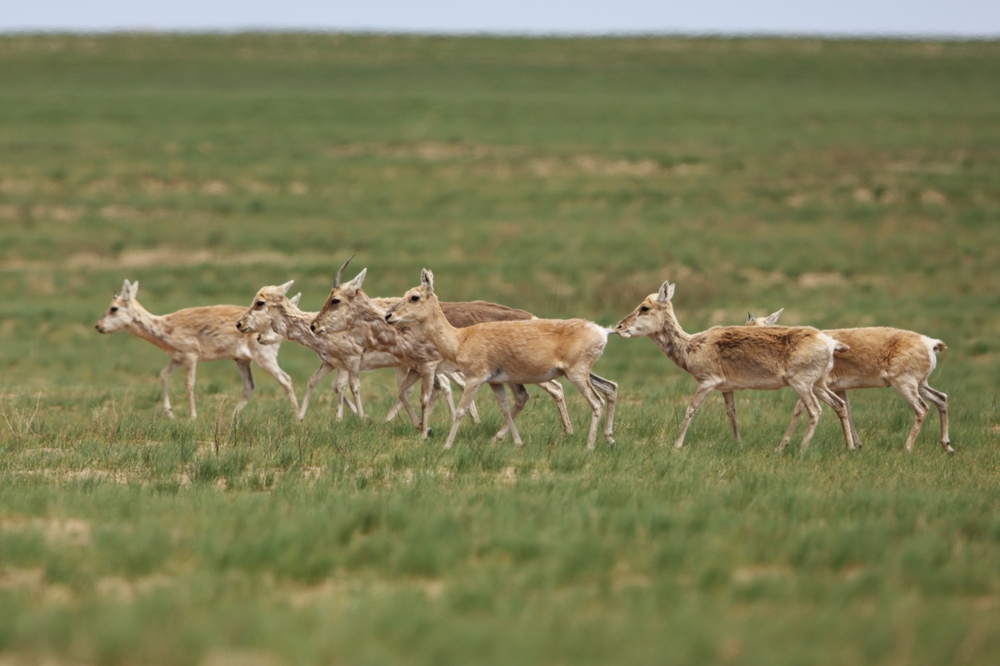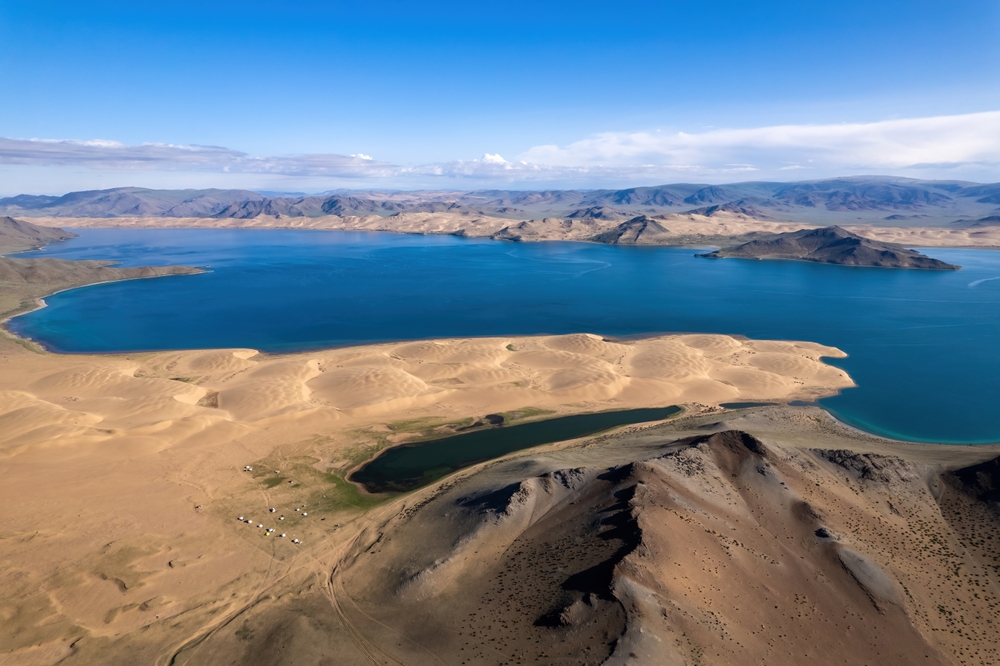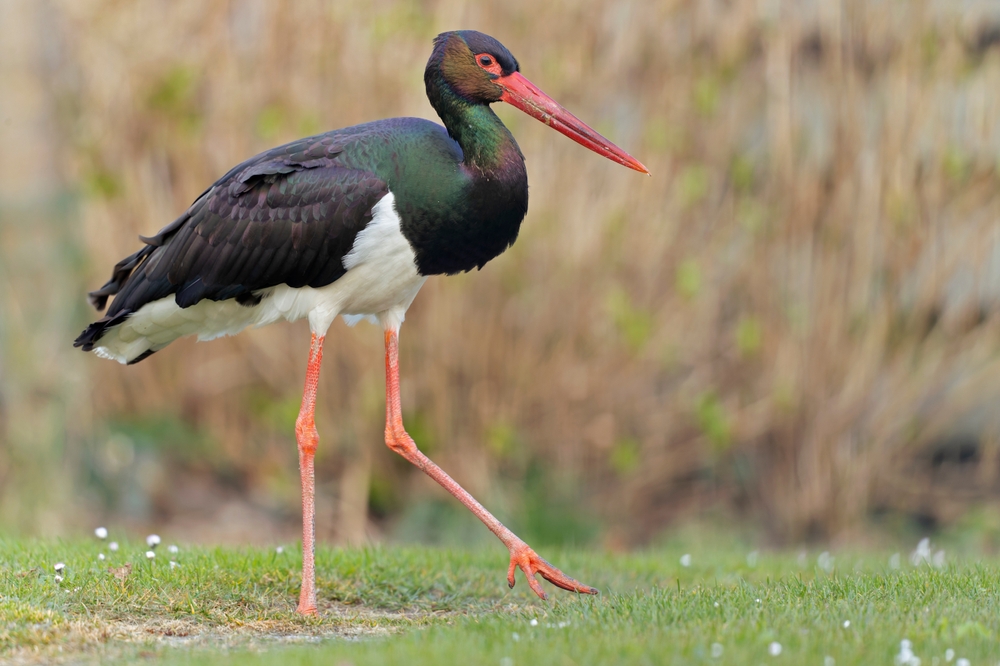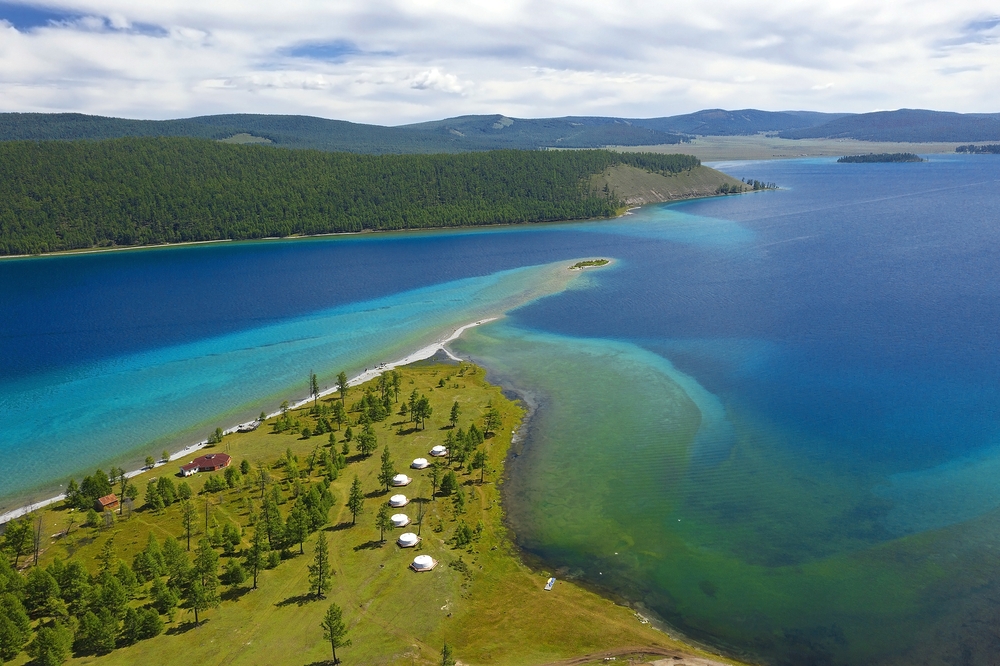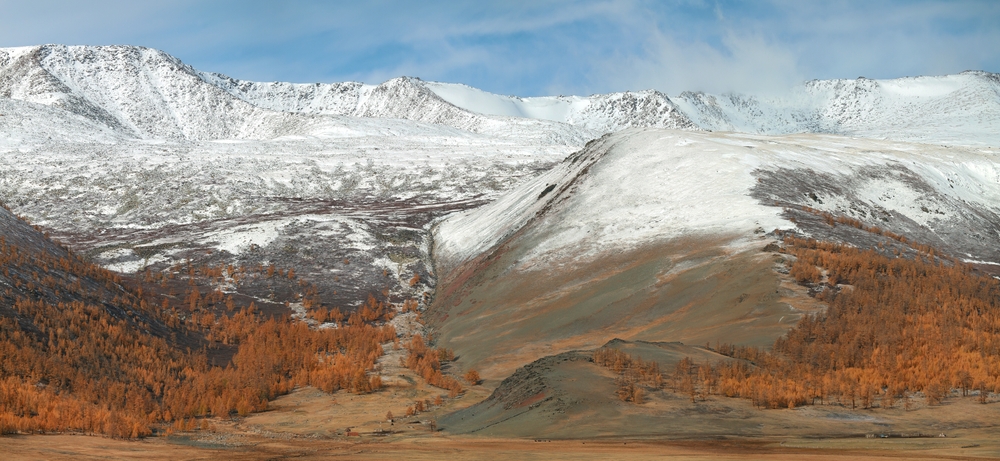Bogd Khan Uul Overview
Bogd Khan Uul National Park, or Богд Хан Уулын Дархан Цаазат Газар in Mongolian, is a striking testament to nature’s beauty and resilience. Located just south of Mongolia’s capital city, Ulaanbaatar, this protected area spans approximately 104 square miles (270 square kilometers), making it one of the world’s oldest legally protected areas, with conservation laws dating back to the 1700s.
Positioned in the southern reaches of the Khentii Mountain range, the park boasts an elevation of over 7,000 feet (2,165 meters) at its highest point, Tsetsee Gun, offering breathtaking views and a serene atmosphere.
The park is characterized by a harmonious blend of rugged mountain landscapes, dense forests, and expansive meadows. Larch and Siberian pine dominate the park’s higher altitudes, while birch forests and steppe grasslands blanket the lower elevations, providing a vibrant display of biodiversity.
Seasonal wildflowers add bursts of color to the terrain, particularly during summer, creating a picturesque setting that attracts visitors year-round. Rocky outcrops and small streams further enrich the park’s diverse ecosystem.
Bogd Khan Uul National Park is a haven for wildlife, hosting a variety of species despite its proximity to an urban area. Among the mammals, visitors might spot Siberian roe deer, red foxes, and occasionally the elusive lynx or Pallas’s cat.
The park is also home to a rich avian population, with golden eagles, black kites, and several woodpecker species gracing its skies. Birdwatchers and wildlife enthusiasts are often drawn to the area to witness this impressive biodiversity.
One of the park’s most popular features is its cultural and historical significance. The Manzushir Monastery ruins, located on the southern slope, offer a glimpse into Mongolia’s spiritual past. Founded in 1733, the monastery once housed over 300 monks before its destruction in the 1930s.
Today, visitors can explore its remains and enjoy the adjacent museum, which showcases artifacts and information about the site’s history. Additionally, the park’s hiking trails, especially the route to Tsetsee Gun peak, provide opportunities for trekking, nature photography, and quiet reflection.
Visitors engage with Bogd Khan Uul through various activities such as hiking, picnicking, and birdwatching. The park’s proximity to Ulaanbaatar makes it a convenient retreat for city residents and international travelers alike. In winter, the snow-covered terrain offers a tranquil escape, while summer draws those eager to explore the lush forests and sweeping vistas.
Despite its beauty, Bogd Khan Uul faces conservation challenges, particularly from urban expansion and tourism pressure. However, ongoing efforts by local and international organizations aim to balance visitor enjoyment with ecological preservation. Education programs and community involvement have bolstered conservation awareness, ensuring the park’s unique landscapes and wildlife are protected for future generations.








































































